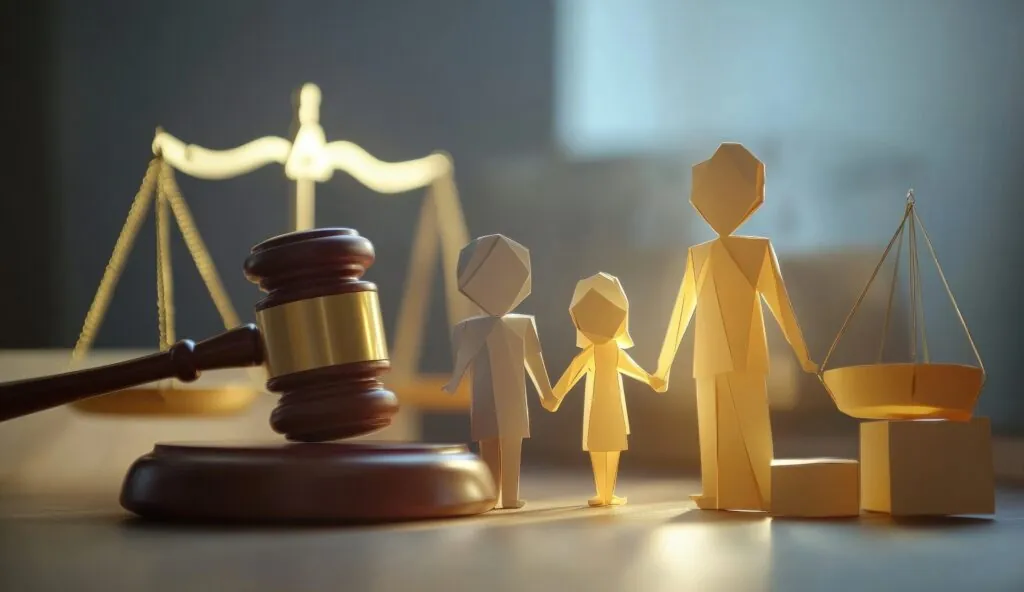The Injury You Can’t Always See
When a child suffers a traumatic brain injury (TBI), the effects can be immediate—and devastating. But what many parents don’t realize is that recovery doesn’t always mean resolution. Even when a child seems to bounce back, the real consequences of a head injury may not reveal themselves until years later.
That’s the hidden danger of pediatric TBI. It’s not just a short-term medical issue—it can be a lifelong neurological challenge.
Why One Injury Can Echo for Years
One of the most alarming developments in pediatric brain trauma research is the potential link between childhood TBIs and chronic traumatic encephalopathy (CTE)—a degenerative brain disease most commonly associated with professional athletes and military veterans.
Now, researchers are identifying CTE in young people who’ve suffered serious head trauma in car accidents and other events. We’ve seen it up close in our own legal work, and it’s why we’re committed to raising awareness and fighting for long-term care—not just short-term recovery.
A Case That Changed Everything
We recently represented a young boy who sustained a significant brain injury in a car crash. By all outward appearances, he made a strong recovery. But we knew better than to stop asking questions. With the help of a nationally respected pediatric neurologist, we investigated how such injuries evolve over time.
What we learned should be a wake-up call for any parent.
A Developing Brain Is a Vulnerable Brain
Unlike adult brains, a child’s brain is still forming—making it uniquely sensitive to trauma. When that process is interrupted, the results can ripple through every stage of development.
Functions like memory, focus, emotional regulation, and even social behavior can be affected—often in subtle ways that don’t show up until adolescence or early adulthood. Parents may not notice anything wrong until their child begins struggling in school, acting out, or withdrawing emotionally.
The Risk of CTE in Children
CTE is caused by repeated head injuries—or even one severe trauma. It leads to a buildup of tau protein in the brain, which interferes with normal function. Symptoms include memory loss, confusion, depression, aggression, and eventually, dementia.
In the case of our young client, the neurologist explained that even a single TBI could trigger the kind of brain changes that lead to CTE. It’s not a certainty, but it’s a real risk—and the symptoms often don’t surface until years later.
The Role of Legal Advocacy
Early intervention and long-term monitoring are critical. But in many cases, those services aren’t accessible—especially for families without robust insurance. That’s where legal advocacy plays a larger role than most people realize.
We’ve helped families:
Obtain neurological evaluations that would have otherwise been unaffordable
Secure Individualized Education Programs (IEPs) for children struggling in public school post-injury
Challenge insurance companies that downplay the severity of childhood brain trauma
Representation isn’t just about compensation—it’s about connecting families to the support systems their child may need for years or decades to come.
There’s No Such Thing as a “Minor” Brain Injury
If there’s one takeaway from these cases, it’s this: there is no such thing as a “minor” brain injury in a child.
Every concussion, every moment of unconsciousness, every abnormal MRI finding must be taken seriously. Schools need to know. Pediatricians need to watch for delayed effects. And most importantly—parents need to trust their instincts when something feels off.
Hope Is Real—But So Is Responsibility
The good news is that children’s brains are incredibly resilient. With the right care and support, kids can recover in remarkable ways. But hope alone isn’t enough. Responsibility matters. Accountability matters.
If your child has suffered a head injury—whether from a car crash, a fall, or a sports accident—don’t settle for a quick clearance from an ER visit. Ask hard questions. Demand long-term neurological follow-up. And yes, seek legal help if necessary—not just to hold others accountable, but to gain access to the full scope of care your child may need.
The Story Doesn’t End with a Discharge
As attorneys, our job isn’t just to litigate. It’s to listen. And with pediatric brain injuries, the real story often begins only after the hospital discharge.
By raising awareness around the connection between TBIs, CTE, and long-term cognitive risks, we hope to push for real change—in the medical system, the education system, and the legal system.
Because every child deserves more than survival. They deserve to thrive. And thriving takes more than healing.
It takes justice.
About Aron Solomon
A Pulitzer Prize-nominated journalist for his groundbreaking op-ed in The Independent exposing the NFL’s “race-norming” policies, Aron Solomon, JD, is a globally recognized thought leader in law, media, and strategy. As Chief Strategy Officer for AMPLIFY, he leverages his deep expertise to shape the future of legal marketing. Aron has taught entrepreneurship at McGill University and the University of Pennsylvania and was honored as a Fastcase 50 recipient, recognizing him among the world’s top legal innovators. A prolific commentator on law, business, and culture, his insights regularly appear in Newsweek, The Hill, Crunchbase News, and Literary Hub. He has also been featured in The New York Times, Fast Company, Fortune, Forbes, CBS News, CNBC, USA Today, ESPN, TechCrunch, BuzzFeed, Venture Beat and countless other leading global media outlets.


